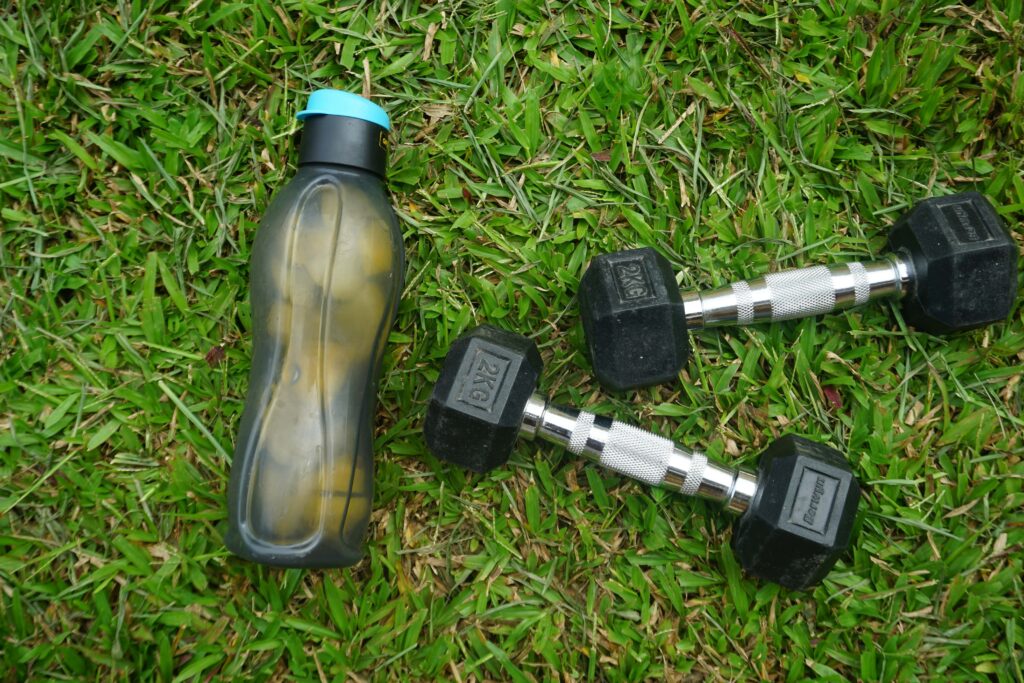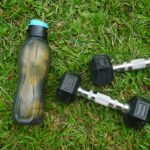Now Reading: Outdoor Exercises for Addiction Recovery
-
01
Outdoor Exercises for Addiction Recovery
Outdoor Exercises for Addiction Recovery

Recovery from addiction is not just a mental and emotional journey—it’s a physical one too. Engaging in regular physical activity can offer powerful support on the road to sobriety. Among the many forms of movement, outdoor exercises for addiction recovery stand out as both healing and restorative. They combine the benefits of nature, physical exertion, and routine to support long-term recovery and emotional balance.
Why Outdoor Exercise Matters in Recovery
Addiction recovery often comes with intense emotions, mood swings, and lingering cravings. Outdoor exercises offer a healthy way to manage these challenges. When we move our bodies outdoors—whether hiking, jogging, or doing yoga in the park—we benefit from the combination of physical activity and the calming effect of nature.
Studies show that spending time in green spaces reduces stress, anxiety, and depression symptoms (Ulrich et al., 1991; Bratman et al., 2015). These mental health improvements are especially helpful for individuals in early recovery when emotional regulation is often difficult.
Benefits of Outdoor Exercises for Addiction Recovery
1. Boosts Mood Naturally
When you exercise outdoors, your body releases endorphins—natural mood boosters. The sunlight also increases your serotonin levels, a neurotransmitter associated with happiness. This can be especially helpful in early recovery, where depression and low motivation are common.
According to Harvard Medical School, just 15 minutes of sunlight a day can significantly increase serotonin production.
2. Reduces Cravings
Cravings can feel overwhelming during recovery. Outdoor movement offers a healthy distraction and helps reduce the intensity of these urges. A study published in the Mental Health and Physical Activity journal found that a 15-minute walk can reduce cravings for substances, including alcohol and nicotine.
3. Promotes Better Sleep
Sleep disturbances are a frequent issue during early sobriety. Natural daylight helps regulate your body’s circadian rhythm, while physical exertion helps the body wind down more effectively at night. Together, they can lead to better, deeper sleep.
4. Fosters a Connection to Nature and Self
Spending time outdoors helps individuals reconnect—with themselves and the world around them. This reconnection fosters mindfulness, a key part of many recovery programs. Outdoor exercises for addiction recovery encourage present-moment awareness, reducing rumination and emotional distress.
5. Improves Physical Health
Addiction can take a toll on the body, from muscle loss to weakened immunity. Outdoor exercises like hiking, running, and cycling help rebuild strength, endurance, and overall health, creating a strong foundation for long-term sobriety.

Best Outdoor Exercises for Addiction Recovery
1. Walking or Hiking
This is one of the simplest yet most effective forms of outdoor exercise. It requires no equipment, and it’s easy to adjust the intensity based on your fitness level. Walking in a park or hiking on a trail helps clear your mind and reduces stress.
2. Running
Running is a powerful way to release built-up tension and improve cardiovascular health. It also provides a sense of achievement, which can be empowering during the ups and downs of recovery.
3. Yoga in the Park
Outdoor yoga combines movement, mindfulness, and breathwork. Practicing yoga in nature strengthens your body while calming the nervous system—a helpful combo in recovery.
4. Cycling
Riding a bike through a park or along a trail provides both exercise and a sense of freedom. It can be done solo or in a group, helping reduce feelings of isolation.
5. Group Bootcamps or Recovery Fitness Programs
Many recovery centers now offer group fitness programs held outdoors. These classes combine the benefits of peer support with structured movement routines.
6. Swimming in Natural Waters
Swimming in lakes, rivers, or the ocean (where safe) provides low-impact full-body exercise and a grounding sensory experience. The resistance of water strengthens muscles and soothes the mind.
How to Start Safely
If you’re new to exercise or in early recovery, start slow. Here are a few tips:
- Start with short sessions—10 to 15 minutes is enough to get benefits.
- Listen to your body—rest when needed.
- Stay hydrated, especially during hot weather.
- Bring a friend or support person—it helps with motivation and safety.
- Celebrate progress, no matter how small.
Create a Routine That Works
Consistency matters more than intensity. Even a short walk every morning can offer lasting benefits when done regularly. Set a realistic weekly goal—maybe three to four sessions to start—and gradually increase the duration and intensity. Use a journal or app to track your activities and how they make you feel.
Real-Life Success Story
Maria, 34, started walking around her neighborhood during her first month of sobriety. What started as a 10-minute stroll became a daily hour-long walk. “It became my time to think, breathe, and reset,” she said. “Some days I cried. Some days I laughed. But it helped me stay clean.”
Conclusion
Outdoor exercises for addiction recovery are more than just workouts—they’re tools for healing, growth, and connection. They reduce stress, lift your mood, and create structure in your day—all of which are crucial in recovery. Whether you walk through a forest, run by the river, or stretch under the sky, your body and mind will thank you.
Take that first step outside. Your recovery deserves the fresh air.
Sources:
- Ulrich, R. S. (1991). Effects of natural scenes on health.
- Bratman, G. N. et al. (2015). Nature experience reduces rumination and subgenual prefrontal cortex activation. PNAS.
- Harvard Health Publishing. (2020). The importance of sunlight.

Kevin Fletcher is a seasoned writer with over 10 years of experience crafting engaging and informative content in the health, fitness, and wellness industries. Passionate about helping readers live healthier lives, Kevin combines research-backed insights with practical tips to inspire positive change.

























